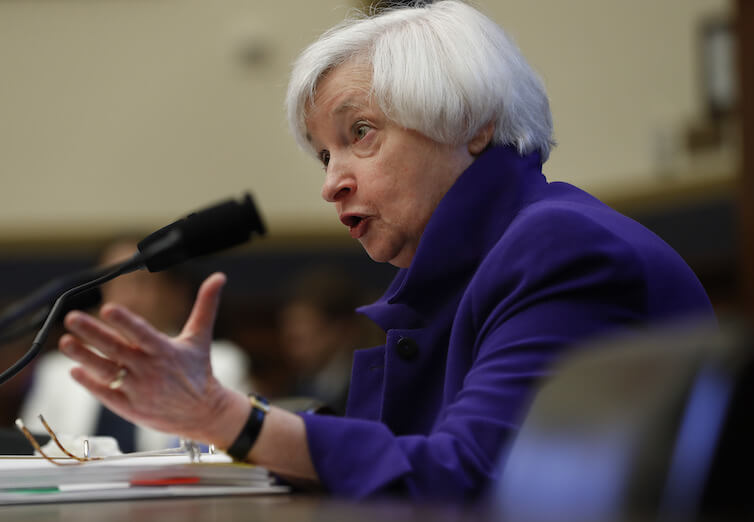What would rules-based monetary policy look like?

Governments in the leading economies of the world, including the United States, have given their central banks operational control of monetary policy over the past several decades. These seemingly more independent central banks, however, are neither totally independent nor totally fulfilling the wishes of elected governments because these monetary policymakers are circumscribed by the political systems in which they operate, to varying degrees. For example, the Federal Reserve has a mandate to promote “maximum employment, stable prices, and moderate long-term interest rates,” but Congress hasn’t directly legislated how the central bank should achieve those objectives.
In the aftermath of almost a decade of unconventional monetary policy to fight the Great Recession, many political actors are contemplating new rules on monetary policy. But when it comes to creating rules-based monetary policy, these politicians should be aware of what aspects of monetary policy the rule is trying to govern.
What would a rules-based monetary policy look like in the United States? The most commonly cited proposal is to tie the conduct of monetary policy to the so-called Taylor Rule. This rule (or more accurately, the family of rules) is based on the work of Stanford University economist John Taylor. His work shows how members of the Federal Open Markets Committee—the Federal Reserve’s policy-setting committee—has changed interest rates in response to changes in inflation and the unemployment rate or Gross Domestic Product. Recent proposed legislation would require the committee to compare its policy to a specific Taylor Rule, with any deviation from that rule requiring congressional testimony. Such a law wouldn’t directly dictate the monetary policy rules of the central bank, but it would put some strong pressure on the Fed not to deviate from the rule.
This kind of rule tries to contain the “reaction function” of the central bank. It does not, for example, try to tell the Federal Reserve what elected officials would consider success for monetary policy. Rather, reaction-constraining rules are meant to corral central bankers into moving interest rates in specified ways in specific situations. If the unemployment rate goes up 0.6 percentage points and the inflation rate ticks down 0.3 percentage points, then the reaction-rule bound central bank would be facing implicit instructions to follow the rule.
One major issue with such a rule is that the reaction function of a central bank and specific central bankers includes not only a view of how to balance unemployment and inflation, but also a view of the economic conditions at the time. Mark Carney, the governor of the Bank of England, makes this point about the difficulty of setting a rule given changing economic circumstances in a speech earlier this year on efforts to legislate a central bank’s “lambda,” or reaction function.
All of this isn’t to say that the reaction functions of central banks or individual central bankers aren’t important. Understanding how central bankers view the workings of the economy and how they balance inflation and unemployment are important for not only communicating policy, but for accountability as well. If the benefits of a Taylor Rule or similar rules come from creating consistency or predictability in how central bankers react, then the benefits of an inflation or output growth target come from creating predictability in those economic variables.
A mandate from elected officials to target inflation, for example, is creating a rule for the central bank. But this rule is about the target or goal of monetary policy and gives some discretion to the central bank about how to meet that goal. Predictability is the goal, but at a different level. Politicians setting a target for the Federal Reserve and then giving it some room to maneuver is also a form of rules-based monetary policy—there’s just a difference in what is being governed by the rule.
